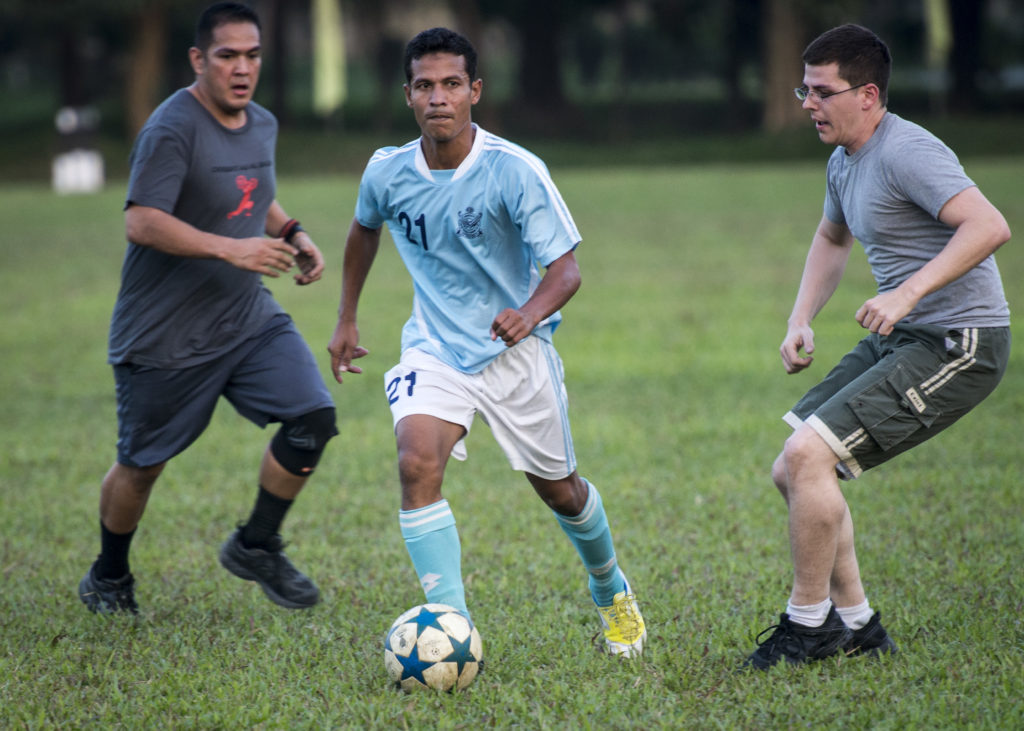
Confidence is an important ingredient of becoming a better soccer player. Without believing in yourself and your abilities, it will be much more difficult to achieve your potential on the pitch.
But what does that mean in a practical sense? What can you actually do to improve your confidence in your own game?
This article will focus on four things to work on that we’ve found to most significantly improve your confidence in soccer: improving fitness, completing passes, juggling, and building the habit of dribbling a soccer ball everywhere.
One of the best ways to boost your confidence in being fit in soccer. Fitness improves your touch, your communication skills, and your overall enjoyment of the game. First, fitness improves your touch because when you are fit you are better able to move your feet to get yourself in the correct position to receive the soccer ball, which is across your body. Receiving the ball across your body means that if the pass is coming from your left, you receive the ball with your right foot facing the direction you are attacking. Receiving the ball across your body allows for you to see the entire field and pick out the right pass to complete every time, which in turn will give you confidence.
Fitness improves your communication because you will have the energy to communicate with your teammates. Talking on the soccer field takes a lot of work and energy. You and your teammates should be communicating the entire match because the game is free-flowing and the ball is constantly moving. When you are tired, your energy is spent on running and trying to focus on your touch instead of communicating with your teammates to break down the opposing team or stop the other team from scoring.
Fitness also improves your overall enjoyment of the game. The average professional soccer player runs between 7 and 9 1/2 miles in a single, 90 minutes match. This a lot of running, so if you are not fit to complete this amount of running, soccer is going to be hard and not as fun for you. Struggling make runs late in games or keep up with your mark can be extremely frustrating.
Another way to boost your confidence is to complete your passes, especially your first pass. The secret to completing your first pass to play a simple pass the way you are facing. A simple pass is a short pass on the ground where there are no defenders between the ball and your teammate. If you play the way you face, you will not have to turn and find a pass: you should already have a passing option in your line of sight. Completing passes is a big confidence-booster and allows your team to keep possession. Trying to force a difficult pass right off the bat can lead to a lost ball and frustration among you and your teammates.
Juggling can boost your confidence because it’s another tried and true way to improve your touch. Juggling helps you concentrate on each touch and make sure it’s a good one because you need to keep your ankle locked and kick the ball appropriately. Also, juggling helps put a little pressure on you with each touch as you reach a goal or personal record, and dealing with that pressure in a casual situation will help once you’re out in the pitch. Being comfortable manipulating the ball is very important and juggling helps that greatly.
Lastly, working on dribbling a soccer ball everywhere you can will also boost your confidence. Building a habit of dribbling in your backyard, around the local park, or even in your house will help you learn to manipulate the ball in tighter spaces without having to think about it. The more you are comfortable with the ball at your feet without having to look down and stare at it, the better you will be. Your head will be up allowing you to find your open teammates and see defenders coming. This is advice that goes beyond your formal soccer practices and games: by dedicating yourself to working on your dribbling when you have a few spare minutes can help take you to the next level, and after the habit is ingrained in you you’ll see a significant improvement in your confidence level.
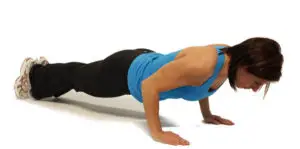 Working on your fitness is crucial to becoming a complete soccer player. But soccer fitness does not just mean pounding the pavement putting in mile after mile of running.
Working on your fitness is crucial to becoming a complete soccer player. But soccer fitness does not just mean pounding the pavement putting in mile after mile of running. 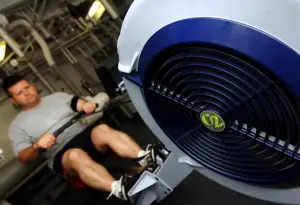
 Summer is a time to relax and have fun, but also get into shape for your upcoming soccer season.
Summer is a time to relax and have fun, but also get into shape for your upcoming soccer season.
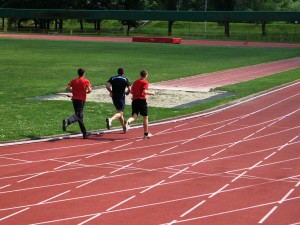
 To play all 90 minutes of a soccer game, you must be in great shape. Even if you get the luxury of getting a breather or two, a high level fitness is still crucial.
To play all 90 minutes of a soccer game, you must be in great shape. Even if you get the luxury of getting a breather or two, a high level fitness is still crucial.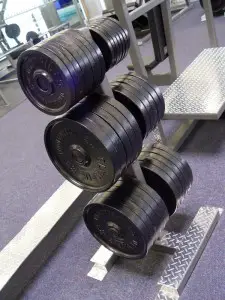 Many people consider lifting weights an important part of your training in other sports, like football and basketball, but it can make a huge difference in soccer as well. Here’s how.
Many people consider lifting weights an important part of your training in other sports, like football and basketball, but it can make a huge difference in soccer as well. Here’s how.